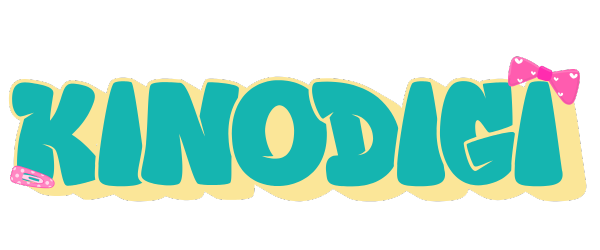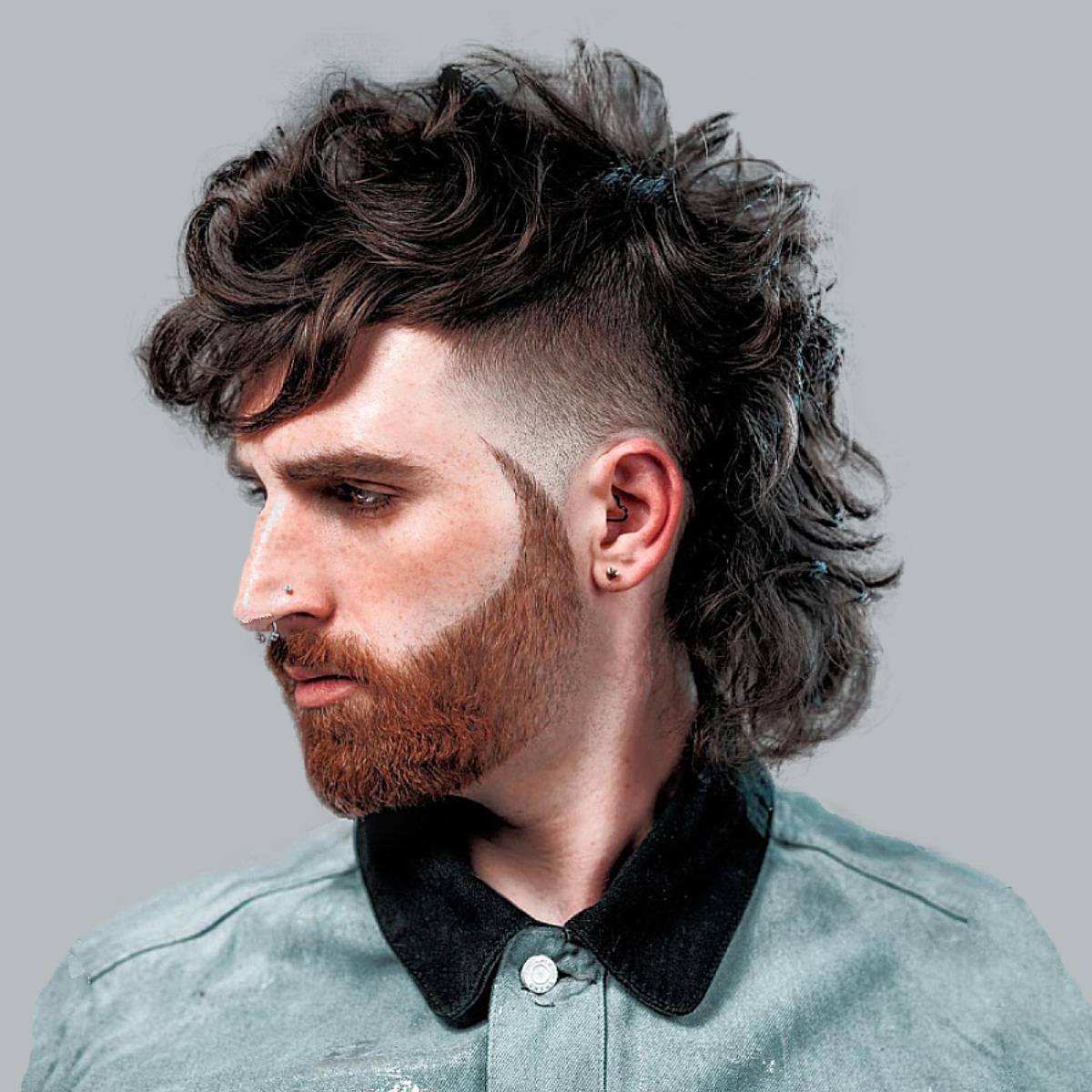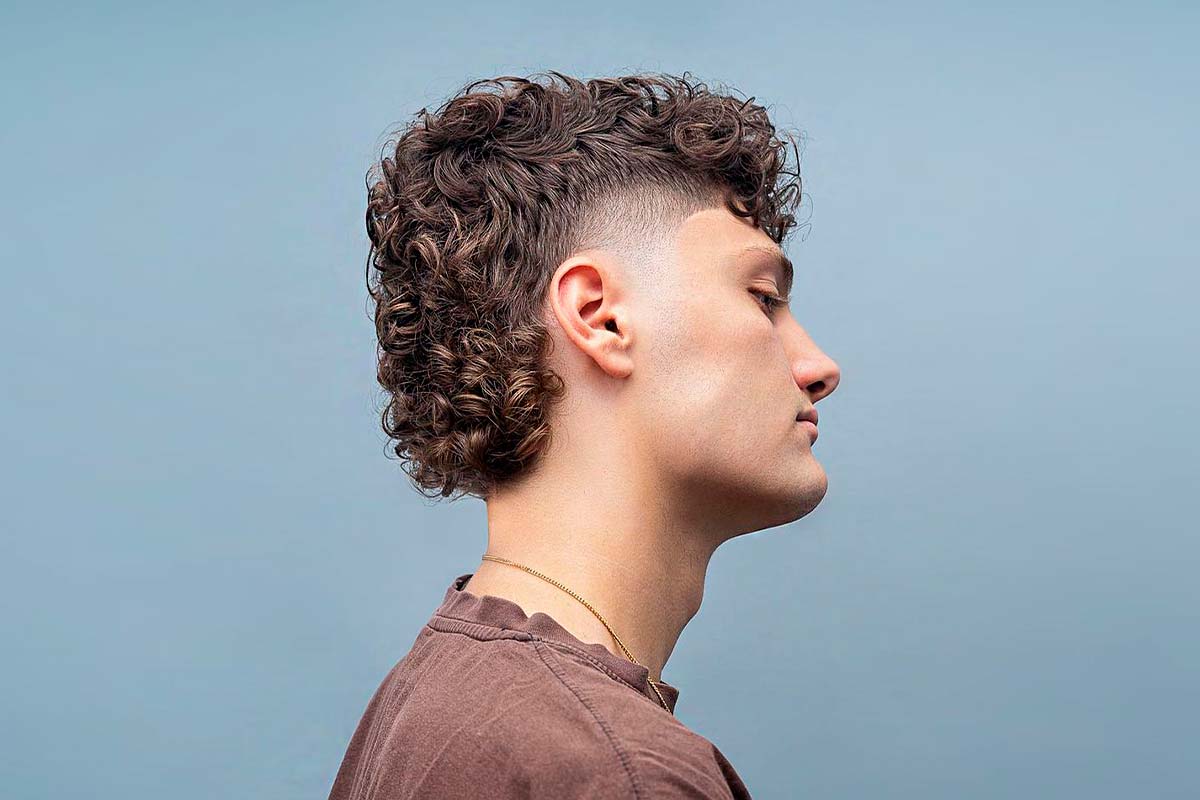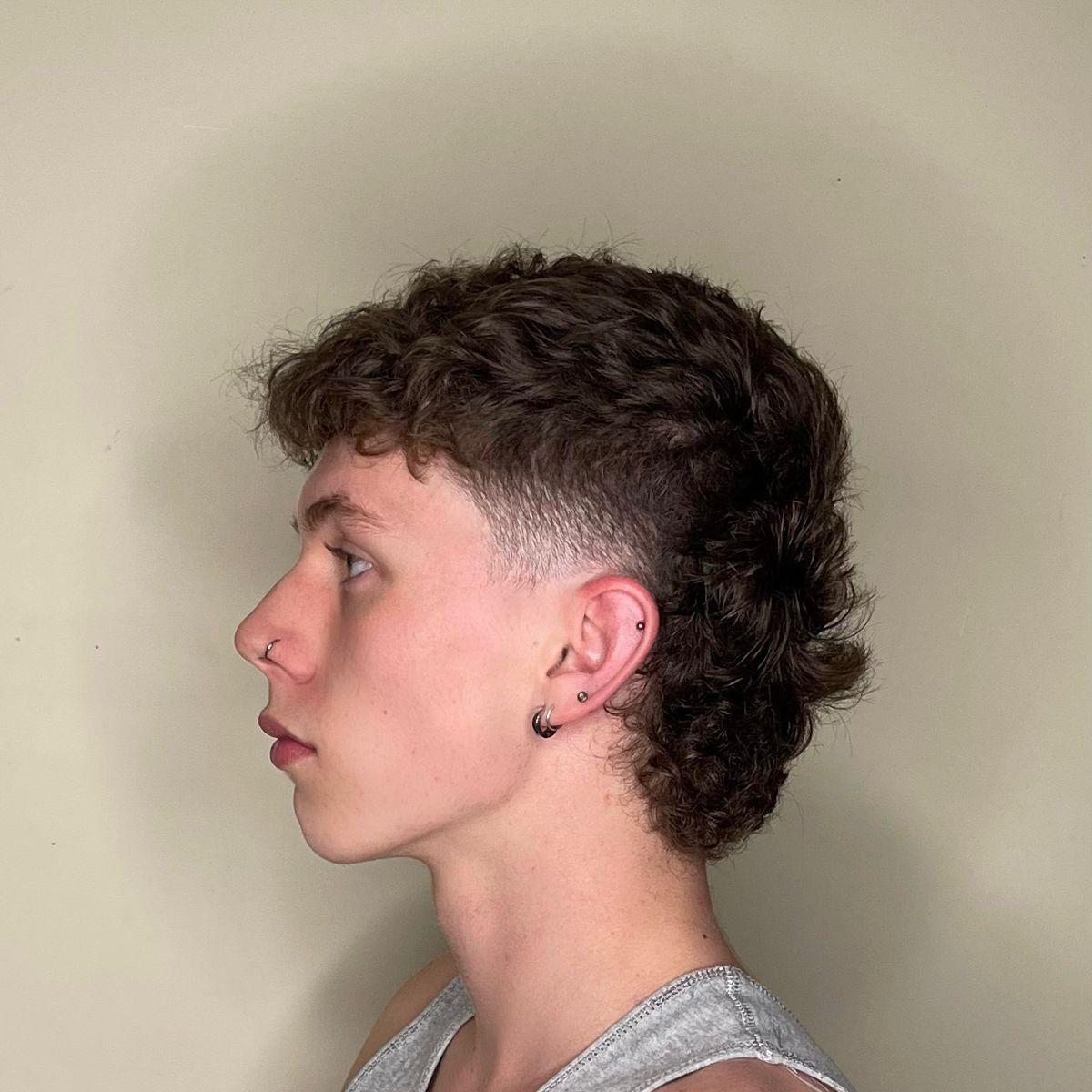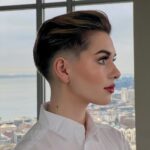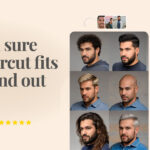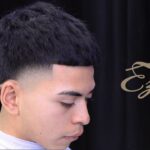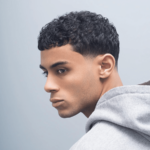Modern mullet, a hairstyle that has made a resurgence in recent years, is a captivating blend of nostalgia and contemporary style. With its roots in the 1980s, the mullet has evolved into a versatile and fashion-forward look that defies conventions and embraces individuality.
From its origins and cultural significance to its variations, styling techniques, and impact on popular culture, this comprehensive guide delves into the fascinating world of the modern mullet, exploring its history, evolution, and enduring appeal.
History of the Modern Mullet
The modern mullet, characterized by short hair on the top and sides and long hair at the back, has a rich history dating back to the 1970s. It gained popularity among rock stars and athletes in the 1980s, becoming a symbol of rebellion and nonconformity.
Origins and Evolution
The mullet’s origins can be traced to the ancient Greeks, who wore their hair long at the back for practical reasons. In the 1970s, the mullet resurfaced as a fashion statement among rock musicians like David Bowie and Rod Stewart. It was further popularized in the 1980s by athletes such as hockey player Wayne Gretzky and football player Joe Montana.
Cultural Significance and Associations
The mullet has been associated with various cultural groups and movements. In the 1980s, it became a symbol of working-class pride, particularly in rural areas. It has also been linked to the heavy metal and rock music scenes, as well as to sports and athleticism.
In recent years, the mullet has experienced a resurgence in popularity, particularly among younger generations. It is now seen as a fashionable and edgy hairstyle, often worn by celebrities and trendsetters.
Variations and Styling Techniques
The modern mullet has evolved into a versatile hairstyle with numerous variations and styling options. From subtle to extreme, there’s a mullet to suit every taste and hair type.
The length of the mullet can vary from short to long, with the traditional style featuring a shorter top and longer back. The shape can also vary, from a gradual transition to a more defined contrast. The texture of the mullet can also be customized, with options ranging from sleek and straight to textured and curly.
Cutting and Layering
The key to a successful mullet is in the cutting and layering. The top section should be cut shorter than the back, creating a noticeable contrast. The layers in the back can be graduated or blunt, depending on the desired effect. For a more subtle mullet, the layers can be blended more seamlessly.
Styling Products
Styling products can help enhance the look and hold of a mullet. A volumizing mousse can be applied to the roots to create lift and body. A pomade or wax can be used to define the layers and add texture. For a wet look, a gel can be applied to the entire mullet.
Maintenance and Care
Maintaining a mullet requires regular trims and styling. Trims every 4-6 weeks will help keep the shape and prevent split ends. Regular washing and conditioning will keep the hair healthy and looking its best. Avoid using harsh shampoos or styling products that can damage the hair.
Cultural Impact and Perception
The modern mullet has garnered significant cultural attention, sparking discussions and debates about its aesthetics, social implications, and cultural significance. Its popularity has fluctuated over the years, but it has consistently evoked strong reactions and perceptions.
In the 1980s, the mullet was widely associated with heavy metal and rock music subcultures, as well as with athletes and working-class individuals. It became a symbol of rebellion and nonconformity, often seen as a statement against mainstream fashion and social norms.
Perception and Stereotypes
The mullet has been subject to various perceptions and stereotypes. It has been associated with a “redneck” or “trailer park” aesthetic, often perceived as a symbol of rural or lower-class culture. However, in recent years, the mullet has experienced a resurgence in popularity, particularly among younger generations, who embrace it as a fashion statement or a way to express individuality.
Reasons for Resurgence
The mullet’s resurgence can be attributed to several factors, including nostalgia for the 1980s and 1990s, the influence of social media and celebrities, and a growing acceptance of diverse and unconventional fashion trends. The mullet has become a symbol of individuality, creativity, and a rejection of traditional beauty standards.
Modern Mullet in Popular Culture
The modern mullet has made a significant impact on popular culture, particularly in film, television, and music. Celebrities and influencers have played a crucial role in popularizing the mullet, and its representation in media has been diverse and multifaceted.
Celebrities and Influencers
Celebrities such as Miley Cyrus, Rihanna, and Billy Ray Cyrus have been influential in bringing the mullet back into fashion. Their adoption of the hairstyle has helped to normalize it and make it more acceptable to a wider audience.
Film and Television
The mullet has also appeared in numerous films and television shows. In the 2017 film “Thor: Ragnarok,” Chris Hemsworth’s character Thor sports a mullet, giving the hairstyle a heroic and rugged appeal. Similarly, in the television series “Stranger Things,” Joe Keery’s character Steve Harrington has a mullet that has become iconic and synonymous with the show.
Music
The mullet has also been embraced by musicians. In recent years, artists such as Post Malone, Lil Nas X, and Harry Styles have all been seen with mullets. This has helped to solidify the mullet’s status as a fashionable and edgy hairstyle within the music industry.
Design Inspirations and Creative Interpretations
The modern mullet has sparked a wave of artistic and fashion inspiration, leading to a wide range of creative interpretations and variations. Designers have drawn inspiration from various sources, including historical hairstyles, contemporary trends, and personal artistic visions.
The evolution of the mullet has been influenced by various factors, including pop culture icons, fashion trends, and social movements. It has undergone numerous transformations, from its origins as a practical hairstyle for farmers and athletes to its adoption by musicians, artists, and fashion enthusiasts.
Variations in Length, Shape, and Texture
Modern mullet designs exhibit significant variations in length, shape, and texture. The length of the front and back sections can range from short to long, creating different silhouettes and styles. The shape of the mullet can be tapered, rounded, or angled, influencing the overall appearance and feel of the hairstyle.
Texture plays a crucial role in shaping the modern mullet. Straight, wavy, or curly hair can create distinct looks, from sleek and polished to voluminous and textured. The use of hair products, such as gels, pomades, and mousses, allows individuals to manipulate the texture and style of their mullet.
| Variation | Length | Shape | Texture |
|---|---|---|---|
| Classic Mullet | Short front, long back | Tapered | Straight or slightly wavy |
| Shaggy Mullet | Medium to long front, longer back | Rounded | Wavy or curly |
| Asymmetrical Mullet | Shorter on one side, longer on the other | Angled | Straight or textured |
| Undercut Mullet | Short sides and back, longer top | Tapered or angled | Straight or textured |
| Textured Mullet | Short to medium length, with layers and texture | Rounded or tapered | Wavy or curly |
Gallery of Creative Interpretations
The modern mullet has inspired a plethora of creative interpretations, from bold and edgy to sophisticated and elegant. Celebrities, fashion icons, and everyday individuals have embraced the mullet, showcasing its versatility and adaptability.
Designers have experimented with unconventional colors, patterns, and styling techniques to create unique and eye-catching mullet hairstyles. The mullet has been adorned with braids, dreadlocks, and shaved designs, pushing the boundaries of traditional hairdressing.
The modern mullet, a hairstyle that combines short hair on the sides and back with long hair on the top, has gained popularity in recent years. For those looking for inspiration, man hair style photos can provide a variety of ideas.
From classic mullets to more modern variations, there’s a mullet style to suit every taste. The modern mullet offers a versatile and stylish option for men who want to stand out from the crowd.
Artistic and Fashion Influences
The evolution of the mullet has been influenced by a diverse range of artistic and fashion movements. The punk subculture of the 1970s and 1980s played a significant role in popularizing the mullet, with bands like the Ramones and the Sex Pistols sporting the hairstyle as a symbol of rebellion and individuality.
In recent years, the mullet has experienced a resurgence in popularity, thanks in part to its association with contemporary fashion trends. Designers such as Marc Jacobs and Gucci have incorporated the mullet into their runway shows, showcasing its versatility and adaptability.
Future Trends and Innovations
The modern mullet is poised to continue its resurgence in the years to come. As a versatile and adaptable style, it is likely to evolve in several ways.
Variations and Styling Techniques
Future variations of the mullet may include more extreme lengths and layers, as well as the incorporation of braids, dreadlocks, and other embellishments. Styling techniques will continue to evolve, with a focus on creating texture and volume.
Cultural Significance, Modern mullet
The cultural significance of the mullet is likely to shift in the future. While it is currently associated with counterculture and rebellion, it may become more mainstream and accepted. This could be due to the influence of celebrities and social media, which have helped to normalize the style.
Innovations in Mullet Design and Styling
Technological advancements may also play a role in the future of the mullet. Virtual reality and augmented reality could be used to create new and innovative mullet designs. 3D printing could be used to create custom-made mullet wigs and extensions.
Role of Technology and Social Media
Technology and social media will continue to play a significant role in shaping the future of the mullet. Social media platforms will be used to share new mullet designs and styling techniques. Virtual reality and augmented reality will be used to create immersive mullet experiences.
Concluding Remarks: Modern Mullet
The modern mullet continues to captivate, transcending generations and inspiring countless interpretations. Whether it’s a subtle nod to the past or a bold statement of personal style, this hairstyle has proven its staying power, solidifying its place in the annals of fashion history.
